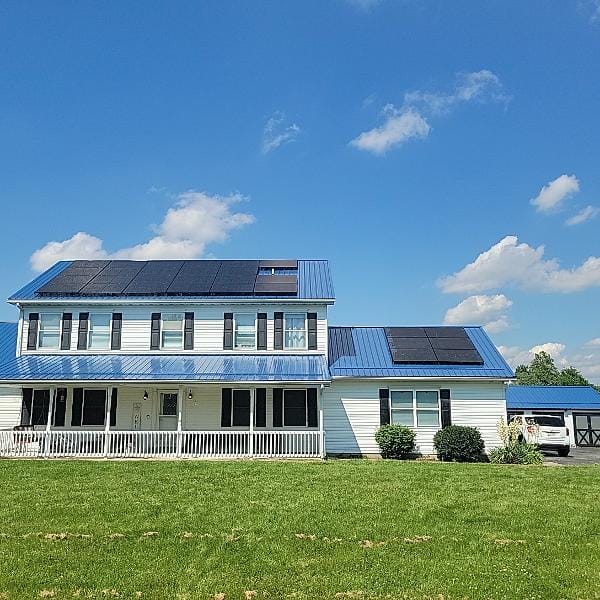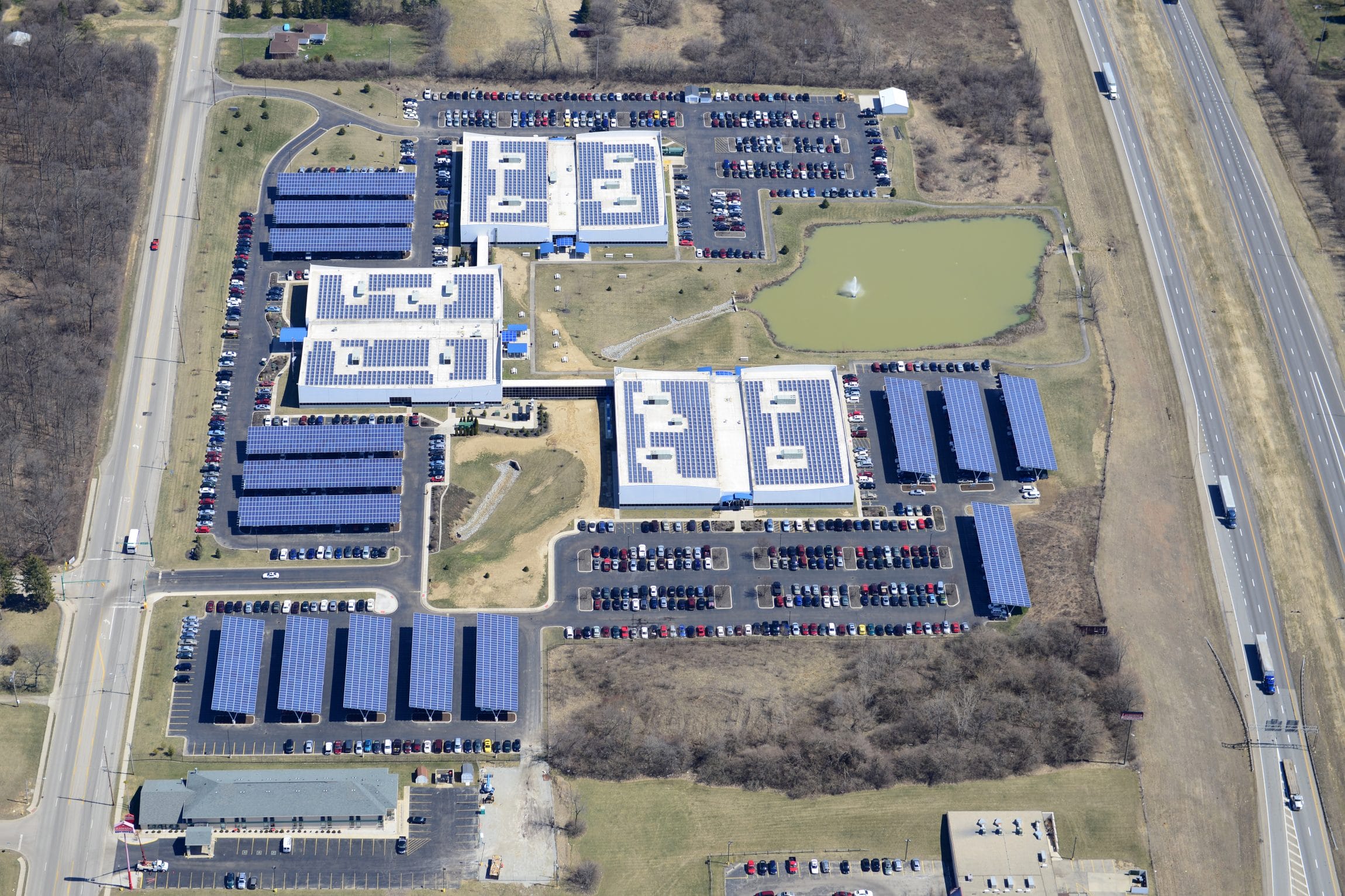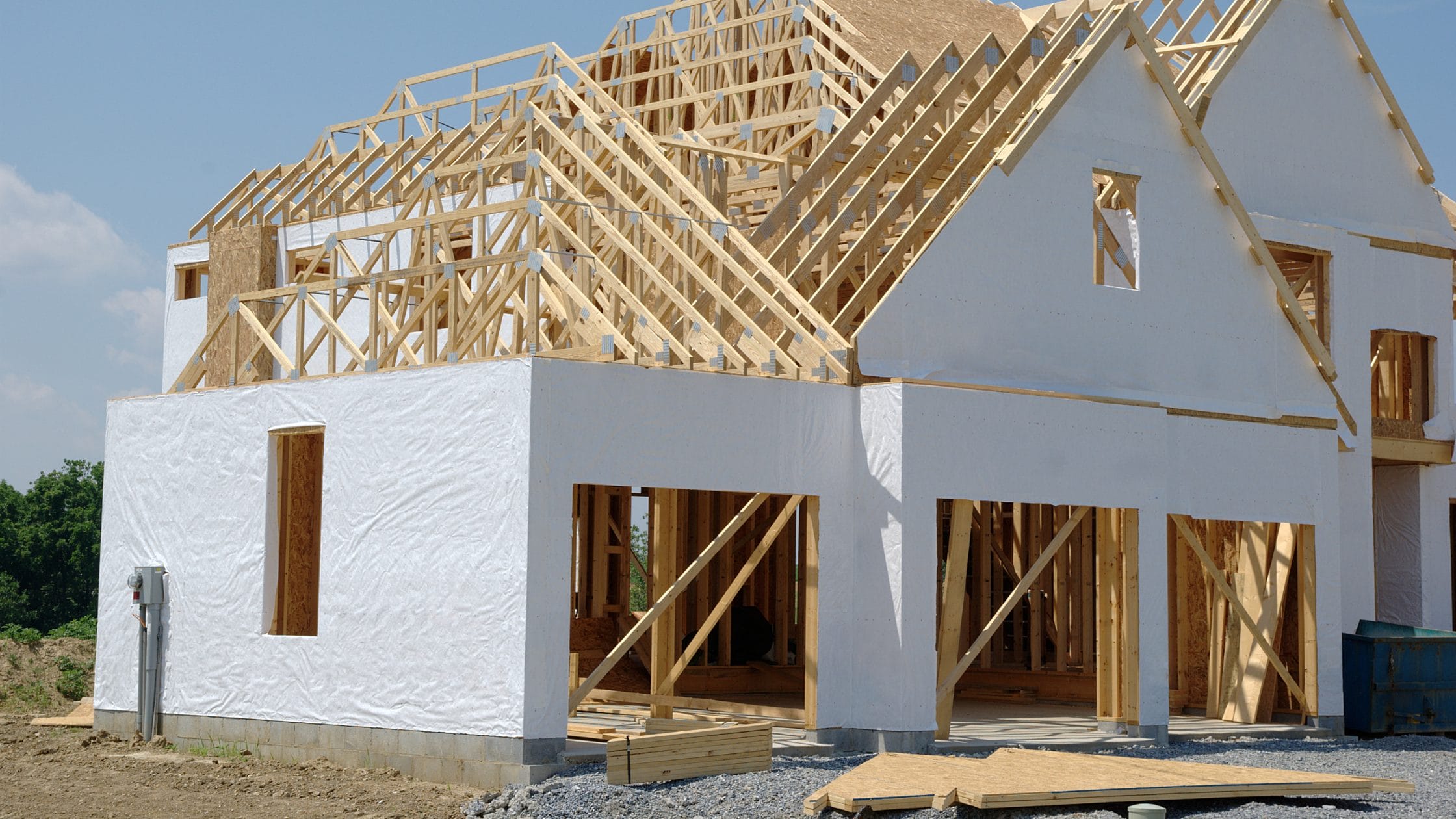PJM Residential Energy Increase: On July 31, 2024, PJM, Ohio’s regional transmission organization, which coordinates the movement of wholesale electricity in all of Ohio, announced that the “cost of capacity” for most of its utilities will increase substantially on June 1, 2025.
What are Capacity Charges?
For electricity to flow and the lights to stay on, the electrical grid must ensure that it has enough supply to meet the demand of all the customers using electricity. Capacity refers to the amount of electricity the grid needs to meet this “peak” demand and make the grid reliable.
Capacity charges are one component of the energy bill that ensure that the grid remains reliable by meeting customer demand. Recent shifts in the capacity of the PJM grid (due to increasing energy demand, retirement of outdated power plants and a change in how the reliability of different power plants are measured) have led to a major jump in the capacity price when the auction was held at the end of July this year.
What do the Upcoming Changes Look Like?
Many electricity consumers across Ohio have seen jumps in electricity rates over the last 1-2 years. Before now, rates rose steadily between 3-6% a year. But if you’ve been paying attention to your bill, you may have noticed as much as a 30% jump in the price you’re currently paying for electricity. The major jump in capacity pricing that was announced on July 31, 2024, will lead to even more significant increases in the “cost of capacity” moving forward, which will eventually find its way into the electric bills of Ohio consumers.
It is our understanding that retail electricity suppliers—like AEP, AES, Duke Energy, or First Energy, for example—will likely pass these increased costs down to ratepayers through increased tariff charges or electricity rates. Industry analysts predict that residential customers may see an increase of around 2 cents per kilowatt hour, though the actual change could be slightly more or slightly less.
Timing
Utility companies will begin paying the increased rate starting June 1, 2025. Rates your utility charges change up to five times per year, depending on utility. Historically these rate changes happen January 1, April 1, June 1, July 1 and October 1.
With numerous variables at play, it’s difficult to pinpoint the exact timing or extent of these rate increases. We also expect that your electricity company will soon start communicating with you when these upcoming rate changes will take place.
PJM Residential Energy Increase
This recent capacity charge change was part of an auction that historically has happened annually and was delayed for 3 years. The next capacity auction will be held again in December 2024, and this future auction will dictate future capacity charge rate changes that will take place beginning June 2026, likely leading to another jump in rates.
Looking at the complete picture, we are beginning to see the cost impacts of what has been a long time coming – the need for infrastructure upgrades, the increased demand for electricity, and the navigation needed to meet the changing market – will come in the form of costs passed down to ratepayers over the next couple of years.
The Solar Solution
Installing a residential or commercial solar energy system is a smart way to hedge against rising utility costs. By installing solar panels, you lock in a rate you’ll pay for that portion of your electricity for the next 25-30 years.
Think about it this way: If you could go back to 2019 and lock in your weekly grocery bill for the next 25-30 years, would you do that? With solar, you’re essentially locking in the rate you pay for electricity – at a known, fixed rate – for the lifetime of the solar PV system.
We’re looking ahead at what will surely be electricity rate increases for utility customers across Ohio. Our recommendation to them: Lock in your electricity prices now by installing onsite solar energy.




